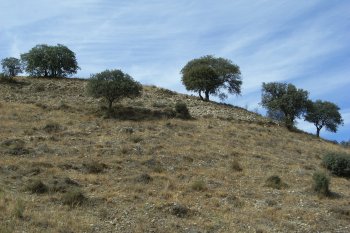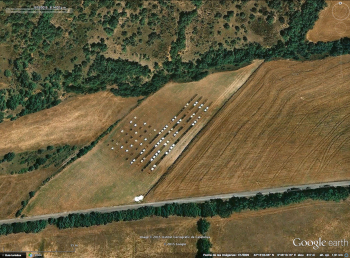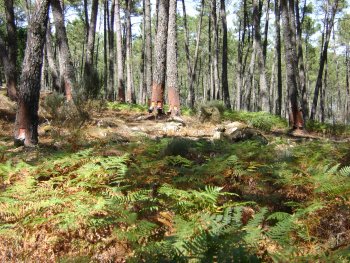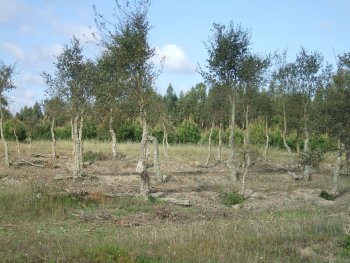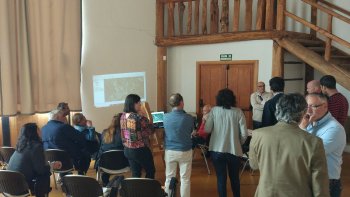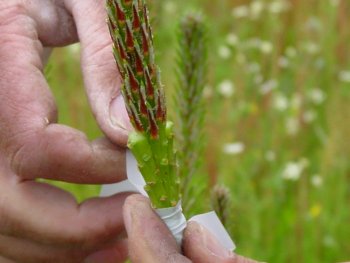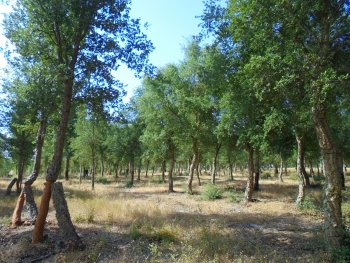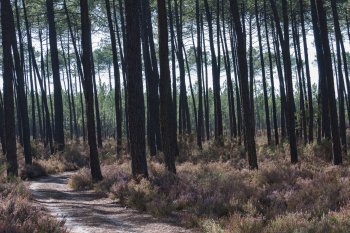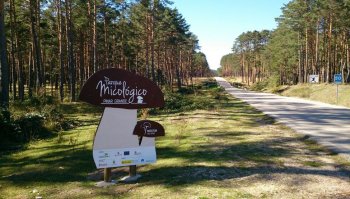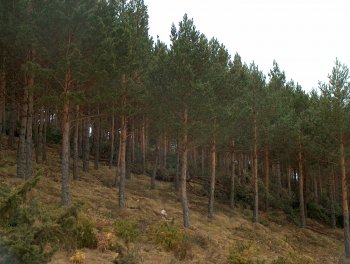Time and dose of irrigation impact Tuber melanosporum proliferation in young black truffle orchards
Tuber melanosporum, the fungus that produces the priced Black Truffle, is adapted to Mediterranean droughts. Usually the production of truffles increases in years with higher precipitation. This hinted early farmers into watering the orchards to obtain better crops, but, what happens if we water too much? One of the reasons we do not find truffles in forests with abundant rains could be that in wetter conditions other fungi can outcompete T. melanosporum and displace it from the roots of the trees causing the disappearance of the fungus and the end to truffle production...

